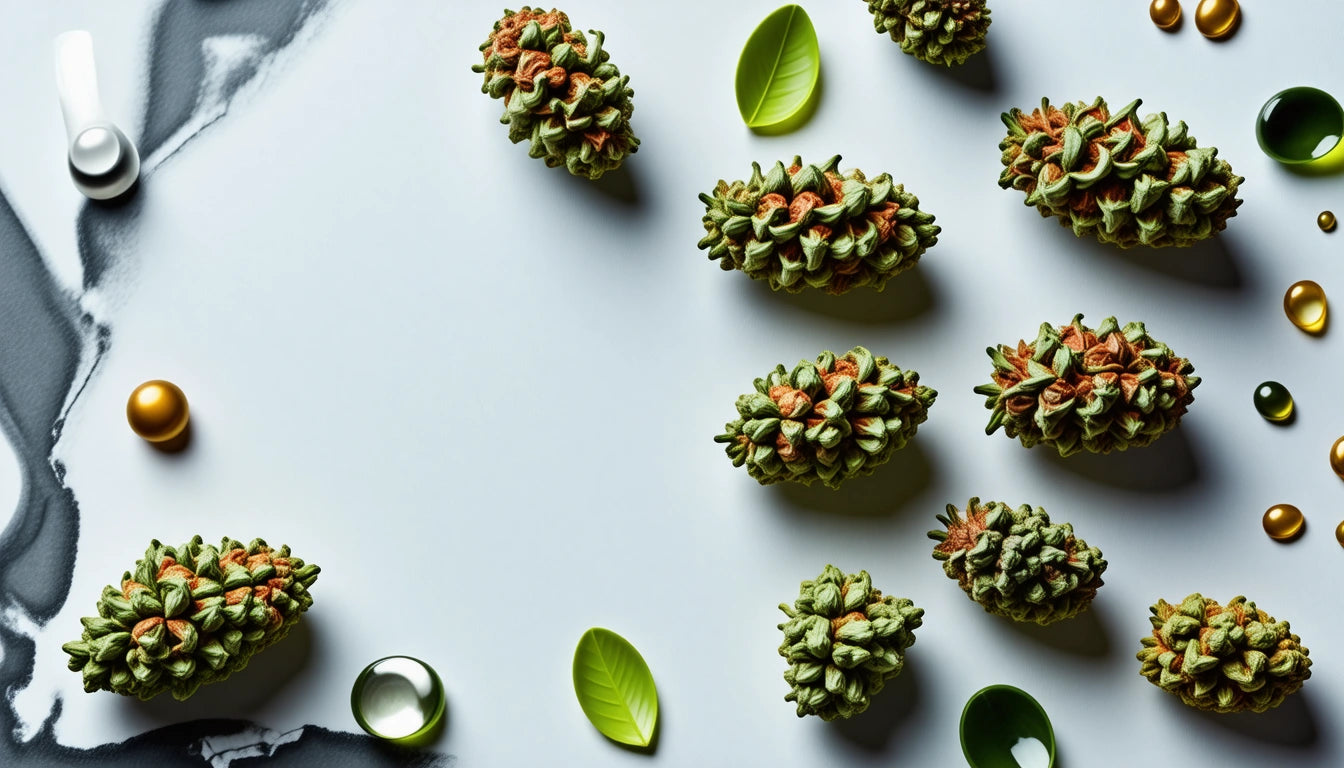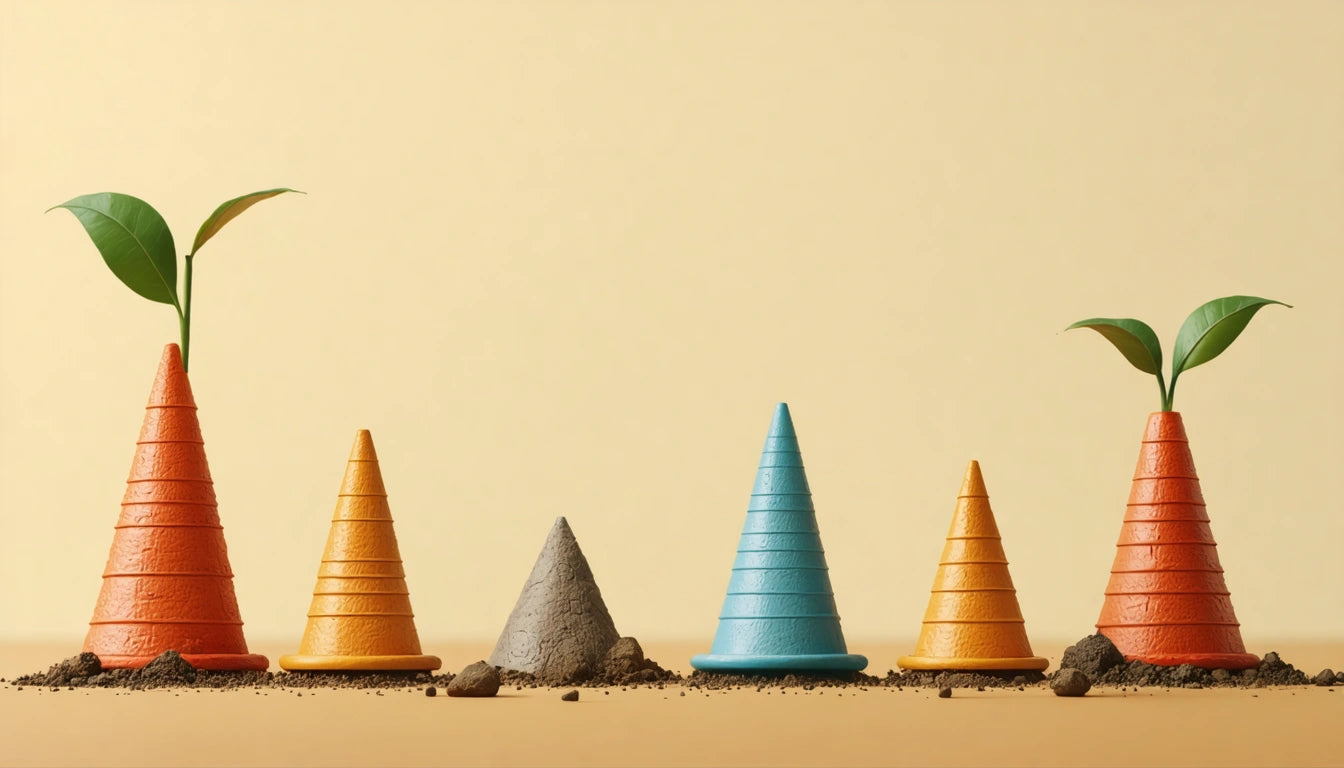Table of Contents
- What is Decarbing Weed: The Science Explained
- Why Decarb Cannabis: Unlocking Psychoactive Effects
- What Does Decarbed Weed Look Like: Visual Transformation
- Common Methods for Decarboxylation
- Using Decarbed Cannabis: Consumption Methods
- Safety and Storage Considerations for Decarbed Products
- Best Practices for Successful Decarboxylation
Understanding Decarbing: What It Means and How It Affects Weed
Decarboxylation is a crucial yet often misunderstood process in cannabis preparation. If you've ever wondered what decarbing weed means or why it's necessary, this comprehensive guide will explain the science, methods, and importance of this transformation process that unlocks the full potential of cannabis.
What is Decarbing Weed: The Science Explained
Decarbing weed, or decarboxylation, is the chemical process that converts inactive cannabinoid compounds in raw cannabis into their active forms. In its natural state, cannabis contains THCA (tetrahydrocannabinolic acid) and CBDA (cannabidiolic acid), which are non-psychoactive precursors to THC and CBD. Through decarboxylation, these acidic compounds lose a carboxyl group (COOH), transforming into THC and CBD that can interact with the body's endocannabinoid system.
The process occurs naturally, albeit slowly, when cannabis is exposed to light and air. However, applying controlled heat significantly accelerates this conversion, making it practical for consumption purposes. As noted in this comprehensive decarboxylation guide, proper decarbing is essential for making effective cannabis edibles, tinctures, and topicals.
Why Decarb Cannabis: Unlocking Psychoactive Effects
Understanding what it means to decarb weed helps explain why this process is so important. There are several key reasons to decarboxylate cannabis:
- Activates THC's psychoactive properties
- Enhances the therapeutic effects of CBD
- Improves bioavailability when consumed orally
- Creates more versatile cannabis for various applications
- Allows for accurate dosing in homemade products
Without decarboxylation, consuming raw cannabis in edibles would produce minimal psychoactive or therapeutic effects. This is why smoking or vaping naturally decarbs cannabis through heat application, while edibles require pre-decarboxylation of the plant material.
What Does Decarbed Weed Look Like: Visual Transformation
Properly decarbed weed undergoes noticeable physical changes. If you're wondering what decarbed weed looks like, here are the visual indicators of successful decarboxylation:
- Color change from bright green to a darker olive or light brown
- Drier, more crumbly texture compared to fresh cannabis
- Slightly reduced volume as moisture evaporates
- Less sticky feel as trichomes melt and terpenes evolve
These visual changes serve as helpful indicators that the chemical transformation has occurred. As detailed in this guide to unlocking cannabis potential, properly decarbed weed should never appear charred or black, which would indicate overheating and degradation of cannabinoids.
Common Methods for Decarboxylation
Oven Method
The most accessible decarboxylation technique involves using a standard home oven. This method typically requires grinding cannabis flower, spreading it evenly on a baking sheet, and heating at approximately 240 °F (115 °C) for 30-40 minutes. Optimal time and temperature guidelines can help prevent cannabinoid degradation while ensuring complete decarboxylation.
Sous Vide Method
For more precise temperature control, some enthusiasts use the sous vide method, which involves vacuum-sealing ground cannabis and immersing it in a water bath maintained at a specific temperature. This technique minimizes terpene loss and odor while providing consistent results.
Specialized Decarboxylators
Purpose-built devices like the Ardent Nova, Levo II, or Magical Butter Machine offer automated decarboxylation with precise temperature control. These appliances simplify the process and reduce the distinctive cannabis odor that can permeate living spaces during decarboxylation.
Using Decarbed Cannabis: Consumption Methods
Once you understand what decarbed weed is, you'll want to know how to use it effectively. Decarboxylated cannabis can be consumed in various ways:
- Infused into oils, butter, or other cooking fats for edibles
- Added to alcohols or glycerin to create tinctures
- Mixed into topical preparations like salves and creams
- Encapsulated in gelatin or vegetable capsules for precise dosing
- Consumed directly, though the taste may be unpleasant
As explored in this article on smoking and eating decarbed weed, decarboxylated cannabis can even be smoked, though it may burn faster and potentially offer a different experience than non-decarbed flower.
Safety and Storage Considerations for Decarbed Products
When working with decarbed cannabis, particularly for edibles, safety becomes paramount. Products containing activated THC must be stored securely, especially in households with children. According to safety guidelines for potentially harmful substances, cannabis edibles and concentrates should be kept in child-resistant packaging to prevent accidental ingestion.
Properly decarbed cannabis should be stored in airtight, opaque containers away from light, heat, and moisture to preserve potency. Glass containers with tight-fitting lids work well for short-term storage, while vacuum-sealed options provide better long-term preservation.
Best Practices for Successful Decarboxylation
To achieve optimal results when decarbing cannabis, consider these expert recommendations:
- Use an oven thermometer to verify actual temperatures, as many ovens have inaccurate displays
- Grind cannabis coarsely rather than finely to prevent burning
- Stir or shake the cannabis halfway through the decarb process for even heating
- Allow decarbed cannabis to cool completely before storage or use
- Consider a two-step decarb process for maximum conversion: a lower temperature phase followed by a slightly higher one
As with any cannabis preparation, keeping detailed notes about your methods, temperatures, times, and results can help refine your technique over time. This comprehensive home decarbing guide provides additional tips for perfecting your process.
Understanding what decarbing weed means transforms your ability to create effective cannabis products at home. Whether you're making therapeutic CBD preparations or recreational edibles, proper decarboxylation ensures you'll achieve the desired effects and maximize the value of your cannabis.











Leave a comment
All comments are moderated before being published.
This site is protected by hCaptcha and the hCaptcha Privacy Policy and Terms of Service apply.